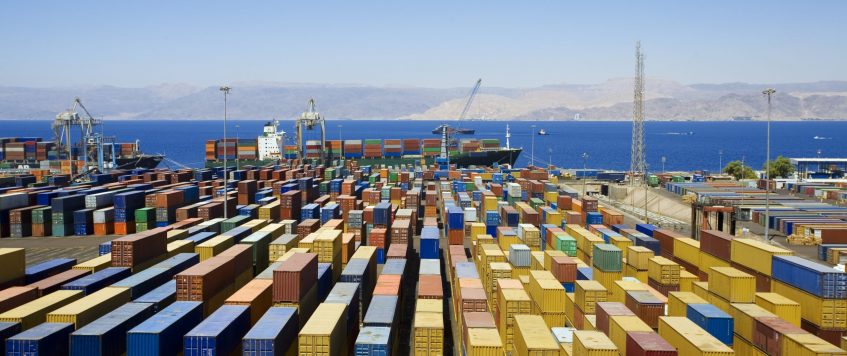-
13
May
Thousands of Canada’s rail workers have a strike mandate. What happens now?
As the May 22 deadline approaches, Canada’s major freight railroads—Canadian National Railway Co. (CN) and Canadian Pacific Kansas City Ltd. (CPKC)—face a potential strike by conductors and engineers, a move that could significantly disrupt operations at the Port of Vancouver, the nation’s largest port. This looming strike has raised concerns, especially as it threatens to reverse recent efforts to manage the inventory of long-dwelling rail containers at Vancouver’s marine terminals.
The threat of a strike isn’t unusual in Canada, where last-minute agreements facilitated by federal intervention are common. However, this year’s contract negotiations carry a heightened sense of risk, warned by container lines, railroad executives, and forwarders since early 2024. A former railroad executive, speaking to the Journal of Commerce, estimated the likelihood of a strike at 50-50, noting that the outcome would likely remain uncertain until the final hours.
Key issues in the negotiations include payment structures, with unions resisting the railroads’ proposal to switch from mileage-based pay to hourly wages, a change considered a significant shift in operational norms for Canadian rail. The unions have not committed to striking at both CN and CPKC simultaneously, suggesting that they might target one to maximize pressure.
Meanwhile, rail operations at the Port of Vancouver are already strained, with average rail container dwell times exceeding five days across most terminals. The only exception is Vanterm, where dwell times are under three days on average. The port has seen a steady increase in container dwell times from January through March 2024, exacerbating congestion.
In anticipation of a potential strike, shipping lines like Maersk are adjusting their operations. Maersk has announced plans to divert some of its cargo to other ports, such as Prince Rupert, and induce additional stops in Tacoma, WA, to manage U.S. import and export cargo that would normally transit through Canadian rail lines.
The railroads have been addressing the backlog of containers, particularly in Vancouver, where CPKC reports some success in reducing the number of long-dwelling containers. This effort has temporarily increased congestion, but the railroad claims that operations have now stabilized. CN also emphasizes ongoing collaborations with partners to maintain fluidity in the supply chain despite the existing challenges.
The potential strike also casts a shadow over the broader logistics network, with possible impacts on trucking and other transportation modes. Industry groups have expressed concerns about the disruption of critical shipments, including essential goods like chlorine for water treatment and gasoline, which could pose significant risks to public safety and economic stability.
As the situation unfolds, the Canada Industrial Relations Board has been tasked with determining which services must continue in the event of a strike. The outcome of this review could delay any potential work stoppage, as the board considers the impacts on health and safety. The Labour Minister’s intervention highlights the urgency of maintaining essential services, especially for remote communities reliant on rail for critical supplies.
With negotiations set to resume next week, stakeholders from various sectors are closely monitoring the developments, hoping for a resolution that avoids widespread disruption while addressing the concerns of the rail workers. The ongoing uncertainty underscores the crucial role of rail transport in maintaining the flow of goods across North America, particularly through key hubs like Vancouver.

